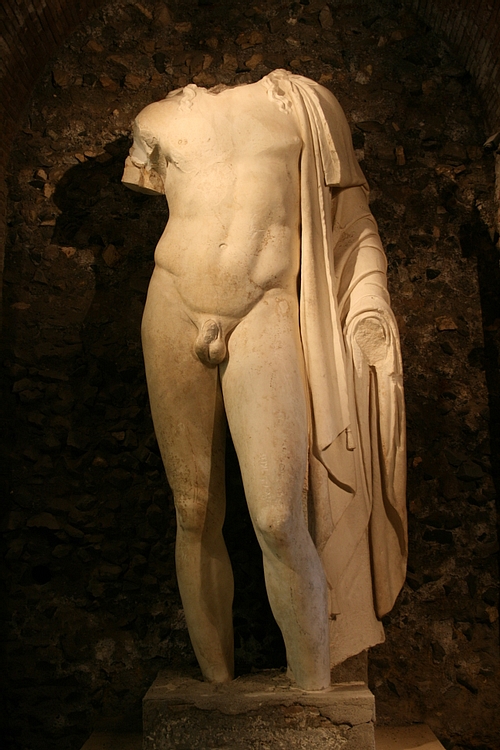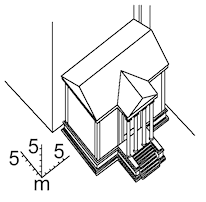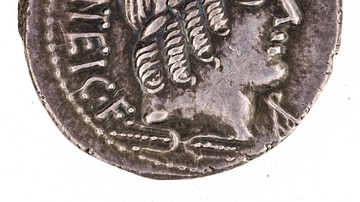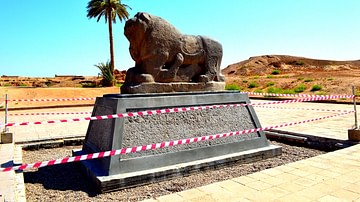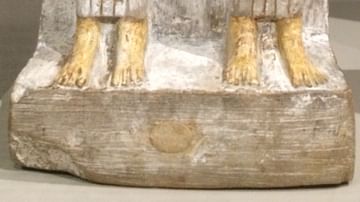Illustration
A colossal statue of Vejovis (also spelled Vediovis or Veiovis), recovered in a 1939 CE excavation of the Temple of Vejovis in Rome. The head is missing, but long locks of curly hair drape the statue's chest, suggesting a youthful, Apollo-like image. The missing hands would have likely held Vejovis' cult objects, possibly a bundle of arrows. The statue is thought to date from the Flavian period (late 1st century CE), and is housed at the Capitoline Museum in Rome.
Cite This Work
APA Style
Grandmont, J. (2018, November 22). Statue of Vejovis. World History Encyclopedia. Retrieved from https://www.worldhistory.org/image/9511/statue-of-vejovis/
Chicago Style
Grandmont, Jean-Pol. "Statue of Vejovis." World History Encyclopedia. Last modified November 22, 2018. https://www.worldhistory.org/image/9511/statue-of-vejovis/.
MLA Style
Grandmont, Jean-Pol. "Statue of Vejovis." World History Encyclopedia. World History Encyclopedia, 22 Nov 2018, https://www.worldhistory.org/image/9511/statue-of-vejovis/. Web. 05 Jul 2025.
